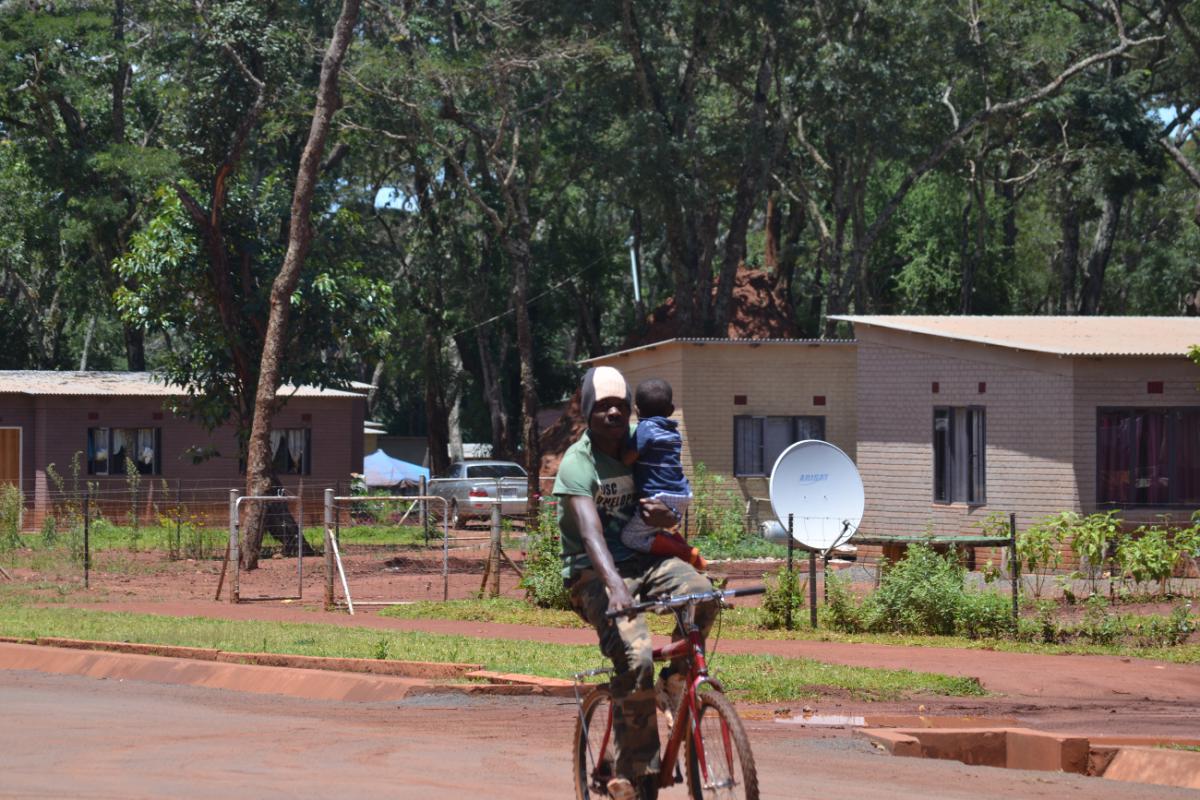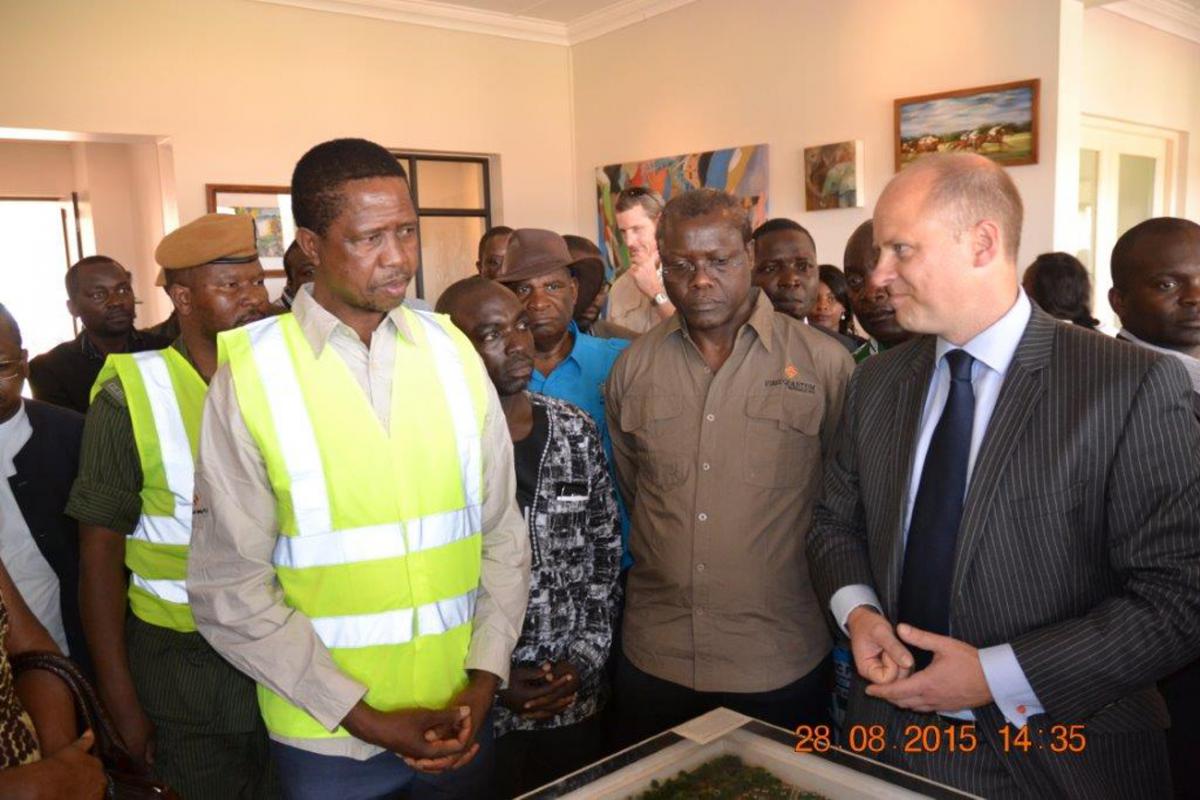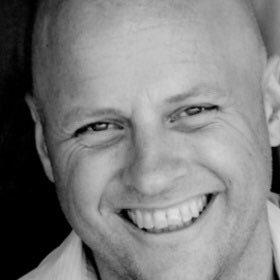
Nowhere in the world has—and will—urbanisation happen faster than in Africa. With a population growth of 3% per year and urban areas at 4-5% per year, the population in Africa’s largest cities doubles every 15-18 years. This may mean that another 300 million urban citizens will be added to Africa over the next 20 years. These cities offer the promise of a better life, based on higher wages and a more exciting life overall. But sadly nowhere has urbanisation happened with lower quality and with more "broken promises" of a better quality of life than in Africa.
For those of us who live here it is no surprise that the EIU City Quality of Life Index ranks six of the ten worst cities in the world to live in as being in Africa. Most African cities just don’t satisfy their citizens’ human needs—they are unsafe, unhealthy, create few real jobs, are dirty, polluted, and full of mental and social poverty. In many ways, these cities are dramatic failures that seem incredibly difficult to fix. But the ambition for change exists.
Building a new 100,000 person town
In early 2011 I was asked to take charge of building a new 100,000 person town in Northwestern Zambia by First Quantum Minerals, the company that was building a new $2bn copper mine there; this was the largest investment ever made in Zambia. Our ambition was to build something very different from the normal African city.
 The story goes something like this. With the help of late Sir Peter Hall, one of the scions of 20th century town planning, we got in touch with Gehl Architects. Helle Søholt, Founder of Gehl Architects, most graciously offered to help guide our inexperienced town development team through the first part of their journey in creating a new town. We – and most of the world – generally see Gehl Architects as the world’s leading urban designers so we felt very lucky. While Helle and Ulrik Nielsen, the Gehl Project Manager for Kalumbila, had worked across the world, the company had never done any real work in Africa at that point. It became an interesting and complex job of trying to combine the successful elements of the best towns in the world with the best of Zambia and Africa and scaling it appropriately to what was affordable.
The story goes something like this. With the help of late Sir Peter Hall, one of the scions of 20th century town planning, we got in touch with Gehl Architects. Helle Søholt, Founder of Gehl Architects, most graciously offered to help guide our inexperienced town development team through the first part of their journey in creating a new town. We – and most of the world – generally see Gehl Architects as the world’s leading urban designers so we felt very lucky. While Helle and Ulrik Nielsen, the Gehl Project Manager for Kalumbila, had worked across the world, the company had never done any real work in Africa at that point. It became an interesting and complex job of trying to combine the successful elements of the best towns in the world with the best of Zambia and Africa and scaling it appropriately to what was affordable.
Six Principles
In July 2011 Helle and Ulrik came down for a site visit and from the plane which later landed on the small bush air strip, we saw what there was to see—which was pristine bush for 30 kilometers around us. We made our way as far as we could down a small muddy road—and that is today where the entrance to the town is. Post the visit, the Gehl team put together a Framework Plan based on six principles that to this day still provide the overall structure for Kalumbila Town. This plan was approved by the Board of this $10bn mining company who were impressed with the humanity, actionability and ambition of the plan and, especially, Gehl’s work. Through a lot of hard planning sessions together with Gehl, our African town planners and the engineers from Zulu-Barrow in Zambia, a complete town plan was developed and approved in early 2012.
 Five years later, we have turned our neighbourhood development business into one of the largest, if not the largest, housing developers in Sub-Saharan Africa outside of South Africa (according to IFC) and had planned three neighbourhoods of 19,000 homes, built more than 2000 homes, and invested $140m in the homes, the infrastructure, and many commercial assets. We built a new town—Kalumbila—planned for 10,000 homes, a new neighbourhood of Solwezi—Kabitaka Hills—and planned a new 8000 home suburb of Solwezi—Kipemba—which may start construction in 2017..
Five years later, we have turned our neighbourhood development business into one of the largest, if not the largest, housing developers in Sub-Saharan Africa outside of South Africa (according to IFC) and had planned three neighbourhoods of 19,000 homes, built more than 2000 homes, and invested $140m in the homes, the infrastructure, and many commercial assets. We built a new town—Kalumbila—planned for 10,000 homes, a new neighbourhood of Solwezi—Kabitaka Hills—and planned a new 8000 home suburb of Solwezi—Kipemba—which may start construction in 2017..
Based on the strong urban growth in Africa, the political, civic, and business leaders of the continent have the choice to double the 200 million people already living in slum conditions in Africa over the coming two decades or build new, great neighbourhoods to handle this dramatic urban growth. That the cities will keep expanding their geographic footprints is clear—for instance, both Lusaka and Kigali have increased the land coverage by 50% over the last decade. So, clearly new neighbourhoods will continue to be built. And nowhere in the world will there over the coming decades more built than in Africa. So the question becomes—what quality of life will these new neighbourhoods provide?
New model town
While almost all African new neighbourhood developments are based on creating suburban developments, we instead focused on creating a dense, walkable, bikeable city core with the housing areas leading off the city centre. There is a mix of uses, incomes and ownership models and a town management which focuses on attracting new businesses and continuously increasing the quality of life. We have worked as much as possible to preserve and include the beautiful bush in the town. We are working towards the vision of Kalumbila becoming the happiest town in Africa and have recently started measuring happiness in the town through the Gross National Happiness survey.
The planning and execution of that framework has impressed many visiting dignitaries and developers but most importantly the citizens of Kalumbila love living in the town. Due to the short housing streets and many recreational areas they know and trust each other. They play together on the sports fields, sing together in the churches, and drink together in the shabeen. They are involved in their children’s schools and take active parts in the homeowners’ association. It takes many years to grow a community but we have made a good start.

In August 2015 His Excellency Edgar Lungu, the President of Zambia visited and walked the town and was quite effusive in his praise: Mr. Lungu said he is impressed with the manner in which Kalumbila Town is planned. “This will now become a new model town for all developing towns in Zambia”, he continued (Daily Mail, 29 August 2015).
Based on the work that we have done over the last 5 years, we know that Africa has the possibility to take its next quantum leap and be not only be a leader in the mobile telephony revolution but also in the building of the world’s happiest neighbourhoods. It may sound a tall order but it is perfectly feasible. As Nelson Mandela said: “It always seems impossible until it is done.” And we have done it at Kalumbila.
In January, I left First Quantum to set up my own neighbourhood development business. I am currently involved in a 7000 home development in Johannesburg where we hope to raise the level of urban design for affordable housing in Africa to another level (Gehl Architects is of course, involved) and also looking at neighbourhood developments in Rwanda. To collect my learning to date, I am also writing a short book provisionally called: Africa’s Next Quantum Leap: Building the World’s Happiest Neighbourhoods. While many African cities are currently rather poor places to live, we hope to build pockets of happiness that can eventually overwhelm that poverty. Wish us luck! ![]()

